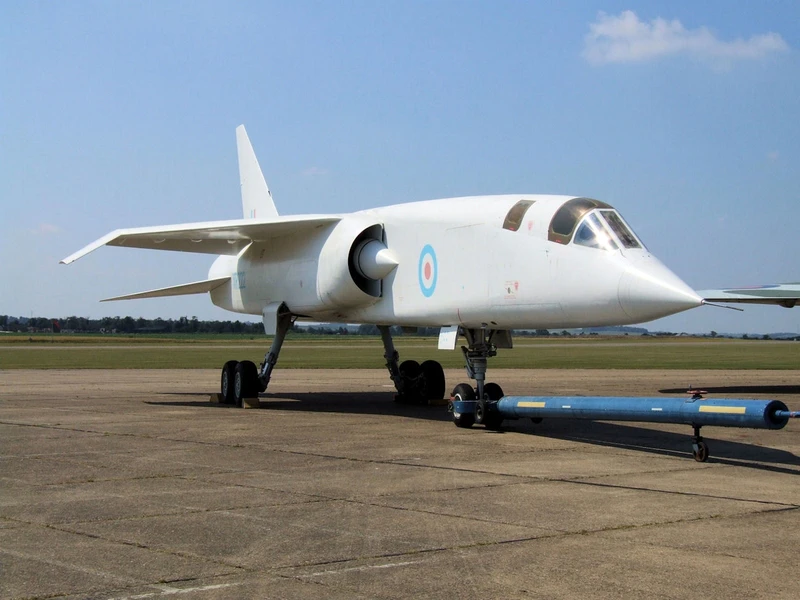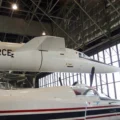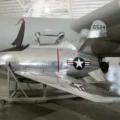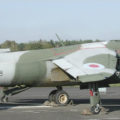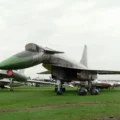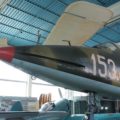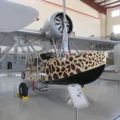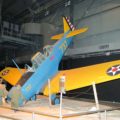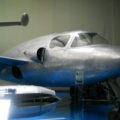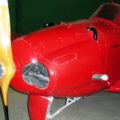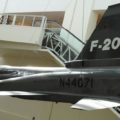A British Aircraft Corporation TSR-2 (a "taktikai csapás és felderítés 2" szó alatt törölt hidegháborús csapásmérő és felderítő repülőgép volt, amelyet a British Aircraft Corporation (BAC) fejlesztett ki a Királyi Légierő (RAF) számára az 1950-es évek végén és az 1960-as évek elején. A TSR-2-t úgy tervezték, hogy alacsony magasságban és nagyon nagy sebességgel behatoljon egy jól védett előretolt csatatérre, majd nukleáris vagy hagyományos fegyverekkel támadja meg a nagy értékű célpontokat hátulról. Egy másik tervezett harci szerep nagy magasságú, nagy sebességű leállás, oldalra néző radar és fényképes képek, valamint jelfelderítés, légi felderítés volt. Csak egy repülőgépváz repült, és a tesztrepülések és a tervezés során bekövetkezett súlynövekedés azt jelezte, hogy a repülőgép nem lesz képes megfelelni az eredeti szigorú tervezési előírásoknak. A repülési tesztek eredményeként a tervezési előírások csökkentek.
Forrás: BAC TSR-2 a Wikipédián
További információ:
A BAC TSR-2 was a cancelled Cold War strike and reconnaissance aircraft developed by the British Aircraft Corporation (BAC) for the Royal Air Force (RAF) in the late 1950s and early 1960s. The TSR-2 was designed to penetrate well-defended frontline areas at low altitudes and very high speeds, and then attack high-value targets in rear areas with conventional or nuclear weapons. It was also capable of high-altitude, high-speed reconnaissance missions with advanced sensors and cameras. The TSR-2 was a highly advanced and complex aircraft, featuring a variable-geometry wing, a powerful radar, a terrain-following system, an electronic countermeasures suite, and a sophisticated navigation and weapon-aiming computer.
The TSR-2 was powered by two Bristol Siddeley Olympus 22R turbojet engines with afterburners, giving it a maximum speed of over Mach 2. The TSR-2 had a large internal bomb bay and four underwing pylons for carrying up to 4.5 tonnes of ordnance. The TSR-2 project faced many technical and political challenges, as well as rising costs and inter-service rivalry. Only one prototype flew, making 24 test flights between September 1964 and March 1965. The project was controversially cancelled in April 1965 by the Labour government, which decided to order an adapted version of the American General Dynamics F-111 instead. However, this decision was also reversed later, leaving the RAF without a suitable replacement for its ageing Canberra bombers. The TSR-2 remains one of the most famous examples of a cancelled British aircraft project, and a symbol of the decline of the British aerospace industry in the 1960s.
